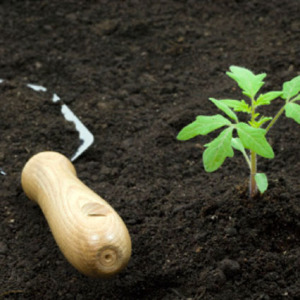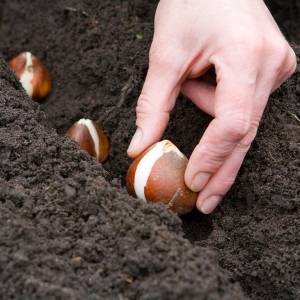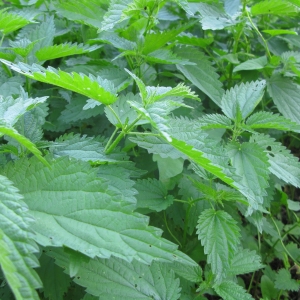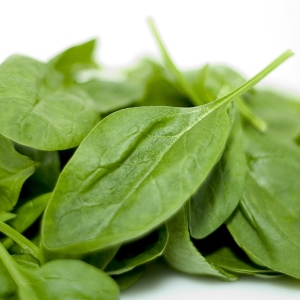Sooner or later, during the maintenance of agriculture, the soil is depleted. At the same time, the crop decreases on the site, the land becomes more difficult to process. However, this development of events can be avoided and even restore the most reliable case.
The easiest andless way to restore fertility is just to give the earth to relax. During the time that the soil will not pull, plant cultures or eradicate, on its surface, a layer of turf is accumulated, the rain worms will form the so-called "vermiculite" (the soil passed through their intestinal tract and enriched with useful substances), useful microorganisms and etc. It is not recommended to scam and remove the grass in such a plot - let it be asleep after and will be reworked by microorganisms. If there is no possibility for a long time to leave the plot, you can rotate cultures on it. Simply put - change the beds in places. A lot of books and benefits are written on this topic, which says that and then plant. But we will give only a few examples for clarity. The beds of potatoes and root root strongly deplete land, especially nitrogen lacks. To fix this disadvantage, land on their place legumes, and after removing the crop, do not remove their tops from the field. A few years later, the beds can be returned to their places. It is believed that the crop turning should also be produced because the pest microorganisms accurate and attacking the specific culture of plants accumulate on the site. If you put in the specified location something else, the pests will need time and strength to restructure. The simplest circuit of turnover: alternation of sheet, fruit or rooteplood species.- weeds and dirty foliage;
- grass from the mower;
- "Served" the soil from flower pots;
- peel and all kinds of vegetable kitchen waste;
- eggshell;
- manure and other excrement;
- tea and coffee "Human";
- old paper.
As we see, you can restore and enjoy any, even the most complex soil. And for this, it is not necessary to spend a lot of effort and cash. Almost everything you need is already growing in your site. The main thing is to know how and where to use it.



































